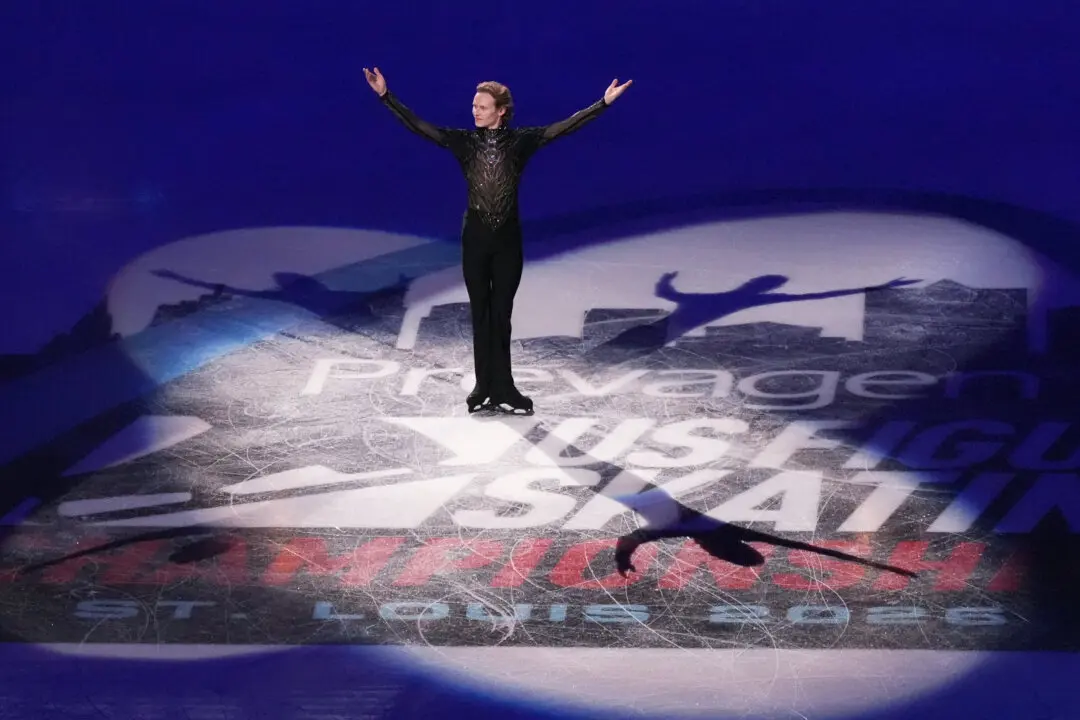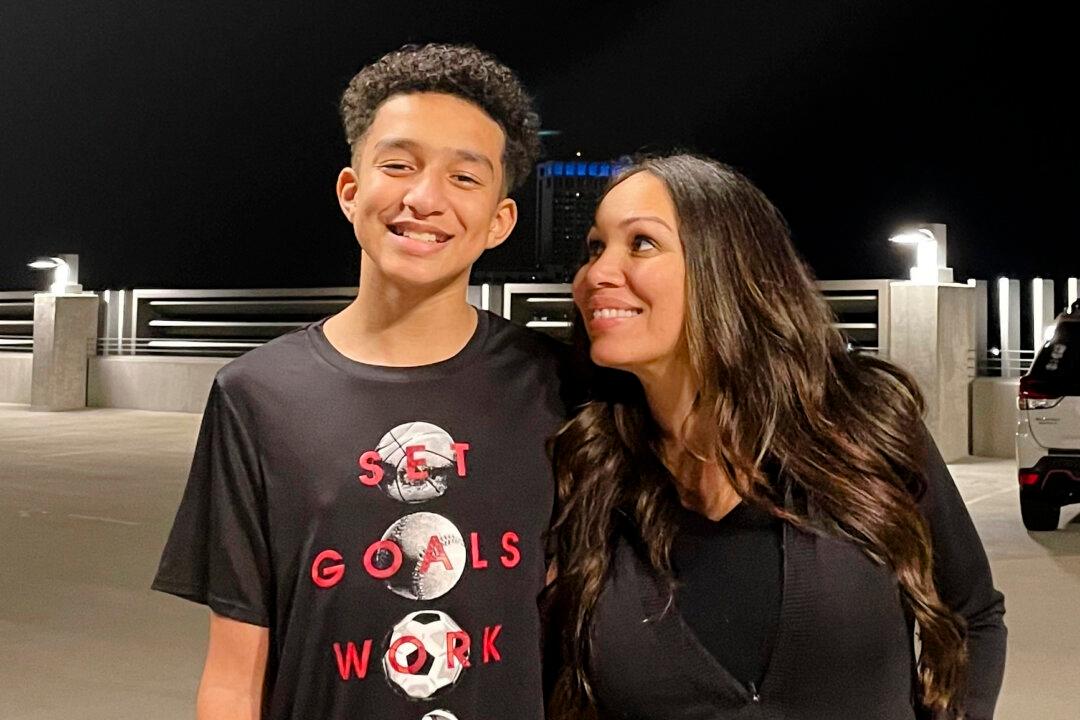COLOMBO, Sri Lanka—Sri Lanka’s prime minister was sworn in Friday as interim president until Parliament elects a successor to Gotabaya Rajapaksa, who fled abroad and resigned after mass protests over the country’s economic collapse.
Lawmakers were to convene Saturday to choose a new leader who would serve the remainder of Rajapaksa’s term, which ends in 2024.





